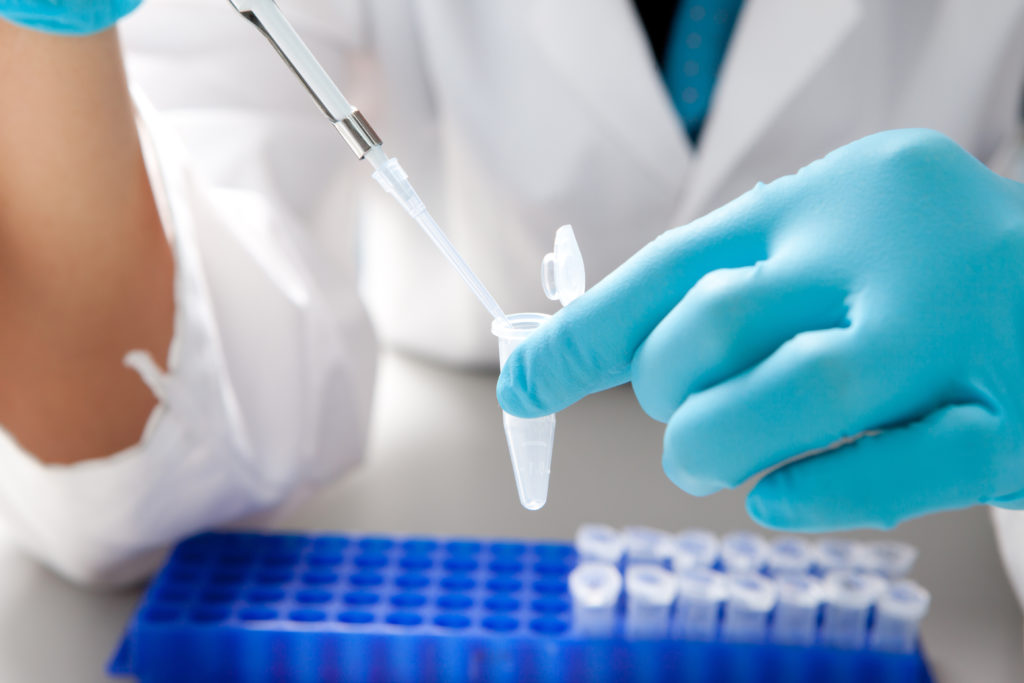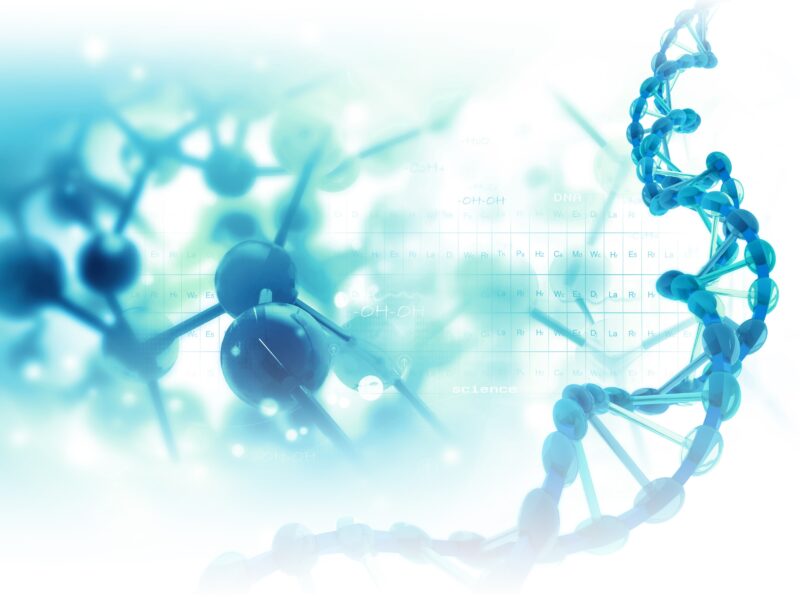Preventing the Development of Muscular Dystrophy Through Surrogate Gene Therapy
Preventing the Development of Muscular Dystrophy Through Surrogate Gene Therapy https://pediatricsnationwide.org/wp-content/uploads/2021/03/AdobeStock_42423701-1024x683.jpg 1024 683 Lauren Dembeck Lauren Dembeck https://pediatricsnationwide.org/wp-content/uploads/2021/03/Dembeck_headshot.gif- May 28, 2019
- Lauren Dembeck

Researchers identify a key regulatory protein implicated in Galgt2 overexpression and begin to elucidate its protective mechanism against muscular dystrophy.
Researchers at Nationwide Children’s Hospital have identified a small, soluble protein that can activate a human gene known to inhibit the development of muscular dystrophy when overexpressed in muscle. That is, when there is a lot of protein in the muscle, muscular dystrophy doesn’t develop as expected, even in the presence of genes that cause muscular dystrophy. The team further characterized the expression of this gene and other surrogate genes, which have the potential be developed as therapeutic targets for future muscular dystrophy therapies, in a mouse model.
“This gene, Galgt2, when overexpressed, can induce the overexpression of a number of genes and proteins in muscle that are now known to inhibit the development of muscular dystrophy,” says Paul Martin, PhD, of the Center for Gene Therapy at the Abigail Wexner Research Institute at Nationwide Children’s and senior author of the study published in Molecular and Cellular Biology, “The goal of this study was to better understand how natural gene expression occurs and is regulated in muscles. Ultimately, to best use Galgt2 as surrogate gene therapy for muscular dystrophy, we need to know how to activate its expression.”
In surrogate gene therapy, scientists use a different gene or multiple other genes to effectively replace the function of a non-functional gene – rather than replacing the defective gene specifically. In this case, inducing the overexpression of Galgt2 through gene therapy could potentially protect against muscular dystrophy, even in the presence of the genes that cause muscular dystrophy.
“We’re creating a second scaffold of proteins that is independent of the proteins that are mutated in muscular dystrophy. The new scaffold basically does the same job and can protect the muscle from injury, even in the absence of key scaffolding proteins such as dystrophin,” says Dr. Martin.
Given its therapeutic potential, Dr. Martin’s team wanted to know which molecules naturally produced by the body help to activate the Galgt2 gene. They tested a number of molecules that help a cell develop and maintain connections with neighboring cells on cultured mouse muscle fibers. One of the molecules, called sHB-EGF, found to activate Galgt2, was shown to be normally expressed in muscles.
The researchers then determined that a number of well-characterized signaling pathways are activated in the cultured muscle cells via sHB-EGF, meaning these pathways could also serve as potential therapeutic targets in the future.
Dr. Martin and his colleagues also showed that deleting the gene for sHB-EGF resulted in a loss of function similar to that seen in models of muscular dystrophy. Conversely, overexpression of sHB-EGF in skeletal muscle of live mice using gene therapy methods induced expression of the mouse Galgt2 gene in muscle and increased the expression of the scaffolding surrogate genes, utrophin, laminin α2, laminin α4 and integrin β1.
With increased understanding of how these genes and proteins are regulated and function in mouse muscles, it expands our knowledge of how to potentially manipulate these genes in human patients to inhibit muscle disease in a way that might not require gene therapy,” explains Dr. Martin. “And it may be possible to identify drugs that can activate these genes and pathways as well.”
Reference:
Cramer ML, Xu R and Martin PT. (2019) Soluble Heparin Binding EGF-1 like Growth Factor (HB-EGF) is a regulator of GALGT2 expression and GALGT2-dependent muscle and neuromuscular phenotypes. Molecular and Cellular Biology. doi:10.1128/MCB.00140-19.
Photo credit: Adobe Stock
About the author
Lauren Dembeck, PhD, is a freelance science and medical writer based in New York City. She completed her BS in biology and BA in foreign languages at West Virginia University. Dr. Dembeck studied the genetic basis of natural variation in complex traits for her doctorate in genetics at North Carolina State University. She then conducted postdoctoral research on the formation and regulation of neuronal circuits at the Okinawa Institute of Science and Technology in Japan.
-
Lauren Dembeckhttps://pediatricsnationwide.org/author/lauren-dembeck/
-
Lauren Dembeckhttps://pediatricsnationwide.org/author/lauren-dembeck/
-
Lauren Dembeckhttps://pediatricsnationwide.org/author/lauren-dembeck/
-
Lauren Dembeckhttps://pediatricsnationwide.org/author/lauren-dembeck/January 29, 2019
- Post Tags:
- Center for Gene Therapy







